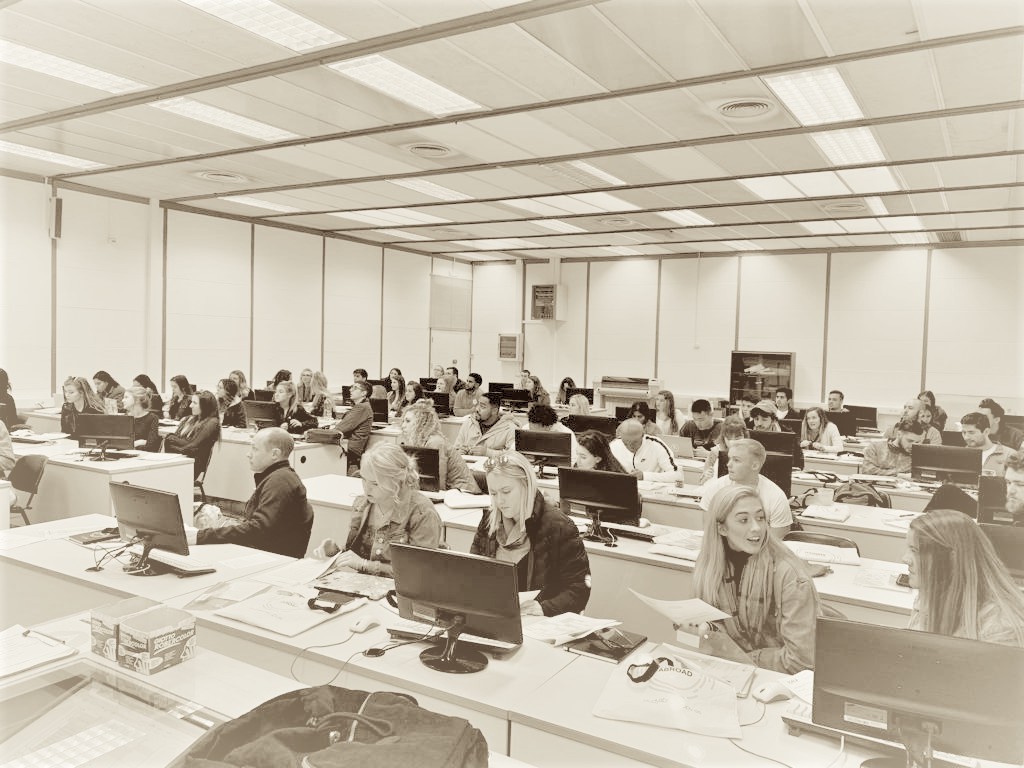
|
|

• Attendance
• Assessments
• Sexual Harassment Policy
• Students With Disabilities
• Academic Honesty Policy
• University Ombudsman
• Statement On Audio And Video Recording
• Syllabus Change Policy
General Chemistry II
4 Credits | 100 Level | 76 Contact hours
Textbook: Chemistry: The Molecular Nature of Matter and Change by Silberberg, 7th (2015, ISBN
9781259550683), 8th (2018, ISBN 9781259741098) or 9th edition (2021, ISBN 9781260240214).
This course is designed for second-semester general chemistry students whose academic plans require advanced study in chemistry.Fundamentals of chemistry, including properties of solutions, chemical kinetics, chemical equilibrium, acid-base equilibria, chemical thermodynamics and electrochemistry, will be covered.
The laboratory component to accompany General Chemistry II in examining the fundamentals of chemistry including properties of solutions, chemical kinetics, chemical equilibrium, acid-base equilibria, chemical thermodynamics and electrochemistry.
Chapter 1. Intermolecular forces: liquids, solids, and phase changes.
Chapter 2. The properties of mixtures: solutions and colloids.
Chapter 3. Kinetics: rates and mechanisms of chemical reactions.
Chapter 4. Equilibrium: the extent of chemical reactions.
Chapter 5. Acid-base equilibria.
Chapter 6. Ionic equilibria in aqueous systems.
Chapter 7. Thermodynamics: entropy, free energy, and the direction of chemical reactions.
Chapter 8. Electrochemistry: chemical change and electrical work.
Chapter 9. Periodic Patterns in the Main-Group Elements.
Chapter 10. Organic Compounds and the Atomic Properties of Carbon.
Chapter 11. The Transition Elements and Their Coordination Compounds.
Laboratory:
Lab 1: Laboratory Safety, Flow Charts, and Preparation of Solutions
Lab 2: Intermolecular Forces. Freezing Point Depression
Lab 3: Errors in the Chemical Laboratory
Lab 4: Experimental Study of Rate Reaction Laws
Lab 5: Chemical Equilibrium. Determination of an Equilibrium Constant
Lab 6: Acid-Base Equilibria
Lab 7: Acid-Base Buffers
Lab 8: Solubility Equilibria. Determination of the Solubility Product Constant of a Reaction
Lab 9: Calorimetry. Heat of Solution. Heat of Neutralization
Lab 10: Electrochemistry: Voltaic and Electrolytic Cells
Lab 11: Quantitative Determination of Sodium in Beverages
Lab 12: Rapid Methods of Analysis
every student may achieve by the completion of the course:
• To identify and utilize chemistry as an integrated and logical science.
• To appraise and assess how chemistry applies to everyday phenomena.
• To determine the importance of chemistry in modern society.
• To integrate the connection between macroscopic observations, molecular views, and
symbolic representations in chemistry with the student's view of nature.
• To recognize the relationship between the structure of a molecule and its chemical and
physical properties.
• To master the ability to manipulate basic mathematical and critical thinking skills to analyze chemical problems and devise a logical approach to solve the problem.
• To analyze and interpret graphs as they apply to chemical problems.
• To justify an understanding of chemistry and develop effective chemistry communication skills
Homework 20 %
Class performance 10 %
Exam 1 15 %
Exam 2 15 %
Final exam 3 40 %
Laboratory:
Lab attendance 10 %
Average Prelab Quizzes 15 %
Average Lab Reports 40 %
Final Lab Exam 35 %
|
